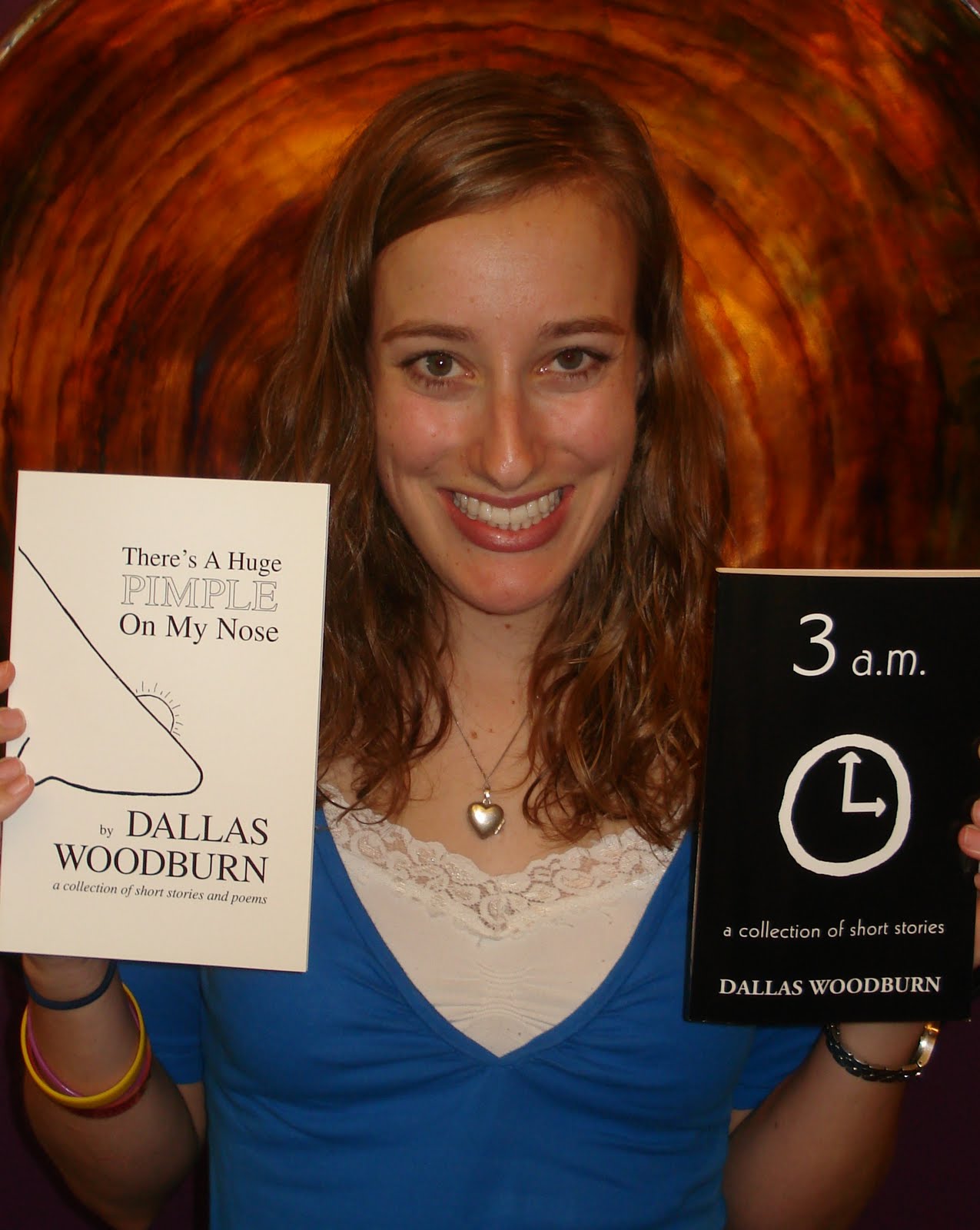 Will Grayson, Will Grayson by John Green and David Levithan
Will Grayson, Will Grayson by John Green and David LevithanI greatly enjoyed this book. I have read and loved a number of other YA books by John Green (Looking for Alaska is one of my all-time favorites) and I just read David Levithan’s first novel for adults, The Lover’s Dictionary, which I also found clever and fun and surprisingly wise, much like Will Grayson, Will Grayson.
I think teenagers will be drawn into this book immediately by the by turns sarcastic, witty, and almost painfully honest voices of the two Will Grayson narrators. The structure of alternating chapters is addictive and really pulls the story forward, and it is a satisfying moment when the storylines first intersect. I was happy that they remained interconnected throughout the remainder of the novel. Technology and the Internet are of high importance to the plot of the book, which I think teenagers will relate to, and I was impressed by how these two authors manage to thoroughly inhabit the world of teenagers—everything from text messaging to IM conversations/ lingo to the logistics of getting a fake ID so you can go see a band you love at an over-21 club. The voices of the two narrators feel distinct, which is heightened by one will grayson only writing in lower-case.
I think this book is also an important and worthy read for the way it portrays gay characters with nuance, compassion and honesty. Tiny I think represents one possible portrayal of a gay man, that perhaps is closer to a stereotype we often see in media and pop culture of the “gay best friend.” But I think this resists empty stereotype in the book because Tiny is juxtaposed with will grayson, who is still in the process of understanding his identity as a gay man, and Gideon, who seems somewhere in the middle —accepting of his gay identity, yet not as flamboyant or outspoken about it as Tiny is. Moreover, this book is not just about queer identity, but about identity in general and about all the many different ways to love and be loved by others.
Caveats: The book includes underage drinking, cursing, and going to over-21 clubs with fake IDs. It might be most appropriate for a high school audience.
Themes/motifs: friendship, family, class issues, gay/queer identity, technology and Internet communication, happiness, anger, music, self-identity, memory, love, guilt, redemption, insiders/outsiders
Teaching ideas: In the book Tiny writes Tiny Dancer, a musical about his own life and experiences as a gay teenager, and it is through this act of writing his story for the stage that he reevaluates his friendships, comes to acceptance of the pain he has gone through, and traces broader "themes" of his life. Along a similar vein, teachers might use this book to challenge students to revisit a scene from their own lives, perhaps a painful or intense memory or turning point that shaped their identity, and write this as a scene that might appear in a play. In writing about it in this format (rather than a journal entry or a poem, for example) students are forced to pull back from the memory and consider it from an outside perspective, and also perhaps delve a little inside the hearts and minds of the other people who took part in the memory, the other "actors" in the "scene."
Other books by John Green: Looking for Alaska; An Abundance of Katherines; Paper Towns; The Fault in Our Stars; contributor to the short story anthology Let it Snow.
Other books by David Levithan: Boy Meets Boy; The Realm of Possibility; Are We There Yet?; Marly’s Ghost; Nick & Norah’s Infinite Playlist; Wide Awake; Naomi & Ely’s No Kiss List; How They Met, and Other Stories; Likely Story; Love is the Higher Law; Dash & Lily’s Book of Dares; The Lover’s Dictionary. He is editorial director at Scholastic, and the founding editor of the PUSH imprint, which is devoted to finding new voices and new authors in teen literature.
View all my Goodreads reviews








No comments:
Post a Comment